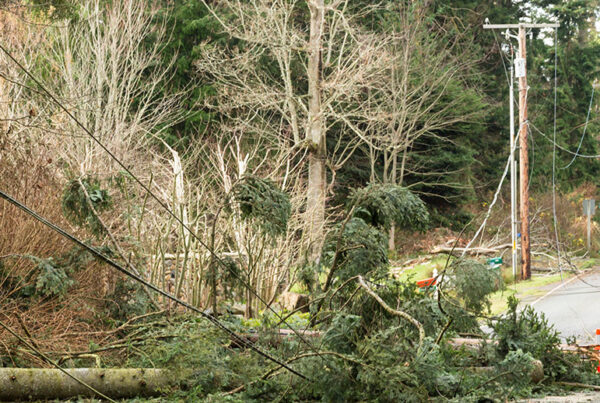
Forecasting Systems Analyze the Sun’s Energy Potential Within the New York State Energy Grid
New York Power Authority (NYPA), in collaboration with its research partners, has completed a multi-year study aimed at improving reliability of New York state’s electricity grid and helping its growing solar industry deploy weather forecasting technology. This final phase of the study imparts lessons learned on how to implement forecasting to maintain effective grid operations within New York State as solar energy becomes an essential piece of their standard grid operations.
The project offers advanced forecasting methods and creates a roadmap to help maintain grid reliability, optimize renewable energy production, and reduce operating costs by addressing challenges related to the uncertainty of solar output.
“As solar systems become more widespread in New York State, high quality weather forecasting models will be vital to the operations of utilities and independent system operators,” said Alan Ettlinger, Senior Director of the New York Power Authority’s Research, Technology Development and Innovation team. “The New York Power Authority team was able to show how more extensive data and advanced solar-focused models increase the degree of accuracy and granularity that will be needed to maintain grid reliability and support operations.”
The research, funded by NYPA, the New York State Energy Research and Development Authority (NYSERDA), and the U.S. Department of Energy Solar Energy Technologies Office, was co-managed by the Electric Power Research Institute (EPRI), an independent, non-profit energy R&D institute. Other partners included the State University of New York at Albany, Brookhaven National Lab (BNL) and the National Center for Atmospheric Research (NCAR). Advisors included the New York Independent System Operator (NYISO) and Central Hudson, a New York distribution utility.
High-definition digital cameras in sky-imager networks, advanced weather forecasting models focused on solar forecasting, advanced data collected by the NYS Mesonet, a state-wide network of weather stations, and other resources were utilized to develop advanced predictive methods along with various hardware and software systems. The results of these forecasting models were measured against the current forecast models to assess the advantages gained from more detailed models and data.
The project utilized NYSolarCast, an open-source, gridded solar power forecasting system developed by NCAR. NYSolarCast employs a machine learning algorithm trained on weather prediction models created by NCAR, NYS Mesonet observations, and historical data from PV plants across the state. The system provides predictions of global horizontal irradiance (GHI) every 15 minutes for a three-kilometer grid covering all of New York state. These predictions are in turn used to calculate the resulting solar power generation of both utility-scale photovoltaic (PV) plants and distributed (mostly rooftop) PV installations.
“Continually improving the accuracy of forecasts is vital for the solar industry, which needs to ensure the reliable delivery of renewable energy and improve the overall performance of the electric grid as more solar energy generation is built,” said Jared Lee, a project scientist at NCAR’s Research Applications Laboratory who led the development of NYSolarCast.
Though the study helped to develop a platform for utility-related weather forecasting based on improved solar irradiance forecasts, its results suggest the solar industry should acknowledge its need for growth, increased transparency through data sharing, better maintenance and monitoring instrumentation, and improved data quality.
The research identified integration by forecast providers and deployment by the public sector or private entities as plausible use cases for the forecast models. In addition, the new models could form the basis of improvement to existing commercial tools and applied to individual solar plants and the prediction of distributed solar across a large region for NYISO as well as for generation, transmission and distribution companies, private developers, and end-user customers.














